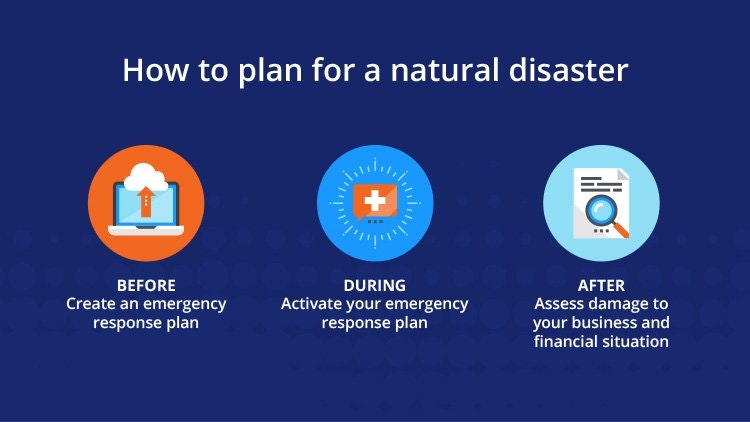Emergency Preparedness

Imagine that you have no electricity, no gas, no water and no telephone service. Imagine that all the businesses are closed and youEarth_Remodel.jpg are without any kind of emergency services. What will you do until help arrives? The Stanislaus Consolidated Fire Protection District recommends being prepared to be self sufficient for a minimum of 72 hours, a full week is more preferable. There are many resources with information available to assist in emergency preparation for your family. The following are just a few.
Emergency Preparedness and Response
U.S Department of Labor
Occupational Safety and Health Administration OSHA
An In-depth Guide to:
Citizen Preparedness Are You Ready? FEMA
Disaster Supply Kit Checklist
You may need to survive on your own for three days or more. This means having your own water, food and emergency supplies. Try using backpacks, duffel bags, or five-gallon containers to keep the supplies together.
Assembling the supplies you might need following a disaster is an important part of your disaster plan. You should prepare emergency supplies for the following situations:
- A disaster supply kit with essential food, water, and supplies for at least three days – this kit should be kept in a designated place and be ready to “grab and go” in case you have to leave your home quickly because of a disaster, such as flood or major chemical emergency. Make sure all household members know where the kit is kept.
- Consider having additional supplies for sheltering or home confinement for up to two weeks.
- You should also have a disaster supply kit at work. This should be in one container, ready to “grab and go” in case you have to evacuate the building.
- A car kit of emergency supplies, including food and water, to keep stored in your car at all times. This kit would also include flares, jumper cables, and seasonal supplies.
The following checklist will help you assemble disaster supply kits that meet the needs of your household. The basic items that should be in a disaster supply kit are water, food, first-aid supplies, tools and emergency supplies, clothing and bedding, and specialty items. You will need to change the stored water and food supplies every six months, so be sure to write the date you store it on all containers. You should also re-think your needs every year and update your kit as your household changes. Keep items in airtight plastic bags and put your entire disaster supply kit in one or two easy-to carry containers such as an unused trash can, camping backpack or duffel bag.

Other helpful links:
- https://www.angieslist.com/articles/home-preparation-tips-weather-emergencies.htm
- https://blog.cinfin.com/2014/08/26/burn-rake-or-mow/
- https://www.hobbyfarms.com/fire-safety-on-the-farm-2/
- https://cultureofsafety.thesilverlining.com/safety-tips/fireworks
- https://grillio.com/blog/kitchen-fire-safety/
- http://survival-mastery.com/skills/camp/fire-safety-tips.html
- https://www.homeadvisor.com/r/fire-prevention-preparedness-and-recovery/
